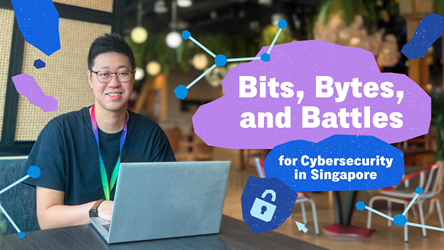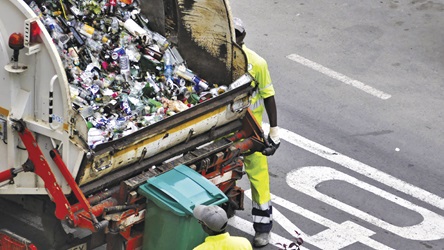A Learning Journey At Sea

Mr Chase Goh has taken the ferry to nearby islands before, but never knew who was responsible for keeping ferries safe for travel within Singapore waters.
When the chance arose to learn what Maritime and Port Authority (MPA) officers do to ensure vessels are safe for passengers and crew, the senior associate from the Ministry of Finance (MOF) seized the opportunity.
So on a July morning, Mr Goh and Ms Tan Sze Wei, a deputy manager at the National Environment Agency (NEA), are out of their usual office attire and at Marina South Pier to meet Senior Port Inspector Andi Johan Shah.
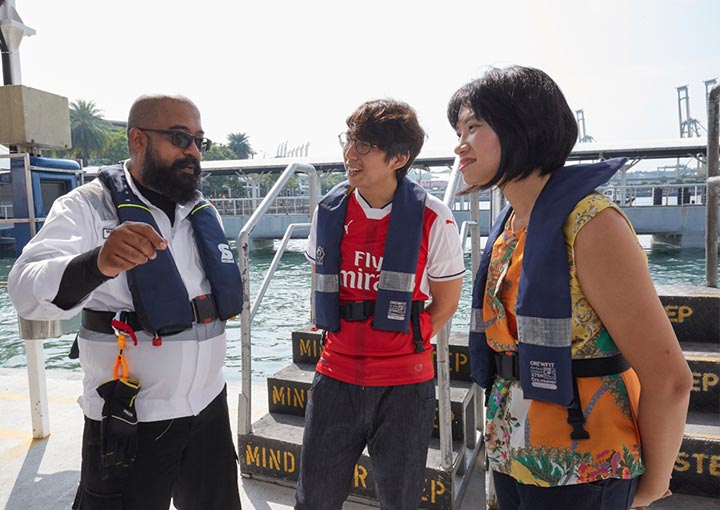
They had signed up for a Public Service Week learning journey to experience what public officers in different roles do at work.
After a safety briefing, the two officers board an MPA patrol boat. It’s the “main mode of transport” for MPA’s port inspectors, Ms Tan tells Challenge. They then leave from Marina South Pier to watch Mr Andi perform safety checks on several vessels.
Inspection basics
On the way there, Mr Andi does a routine patrol that includes checking on navigational buoys and beacons, and whether there are any obstructions along the ship lanes.
He also does a spot check on a vessel at sea to ensure that its life-saving and fire-fighting appliances, and its licences, comply with MPA regulations.

After a few demonstrations from Mr Andi, it is Ms Tan and Mr Goh’s turn: they check the condition of safety devices on board (e.g., life buoys and life jackets) and ensure that the numbers are correct. They also check that life rafts on board have been serviced and are not past the due date for the next servicing.
All in all, they complete checks on two ferries and a tugboat, examining the vessels’ licences and processes for passengers to embark and disembark.
Technology to keep the seas safe
There are 42 port inspectors at the MPA. Their duties include doing safety and enforcement checks, and detecting illegal activities. They are also first responders for oil spills, vessel collisions and search-and-rescue missions.
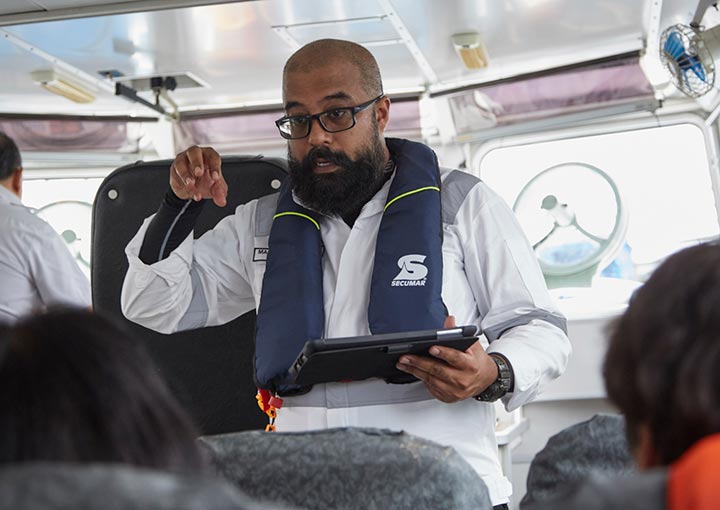
During each shift, which lasts a couple of hours, port inspectors do enforcement checks on 20 to 40 vessels operating in Singapore’s waters.
To help them better plan their work, they tap MPA’s database for information about vessels. The officers have iPads to track the speed and location of vessels using satellite technology.
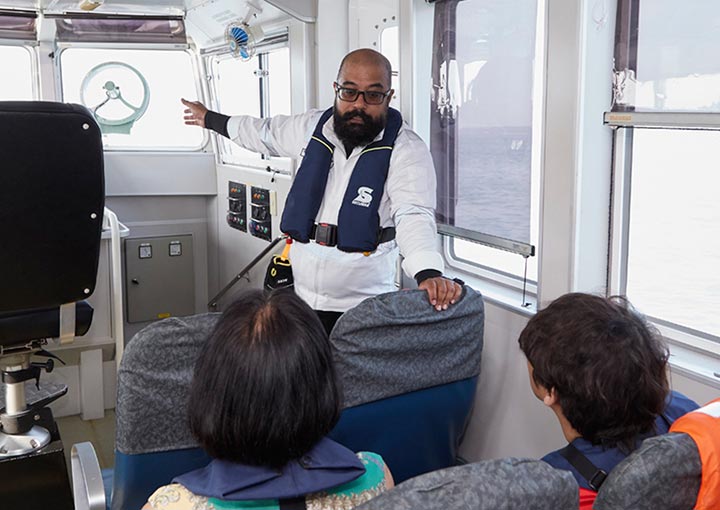
During the learning journey, Mr Goh, who is in the MOF’s Finance Unit Transformation Team, found it useful to see the innovations at work.
“I was impressed by the technology, such as a real-time analytics system, that MPA officers use as part of their checks,” he says. “I appreciate its positive impact on the work of operational officers.”
Stories from a 20-year career
Ms Tan was struck by Mr Andi’s “wealth of knowledge” and the qualities that port inspectors are expected to have: tenacity and a can-do spirit, along with a meticulous care for safety. She says Mr Andi had good rapport with the boat captains and crew, as well as ferry terminal staff.
“A port inspector has the authority to stop a ferry from leaving the port if safety or regulatory conditions are not complied with,” she adds. Nonetheless, port inspectors must also be careful not to cause unnecessary disruptions to ferry and terminal operators while doing routine checks.
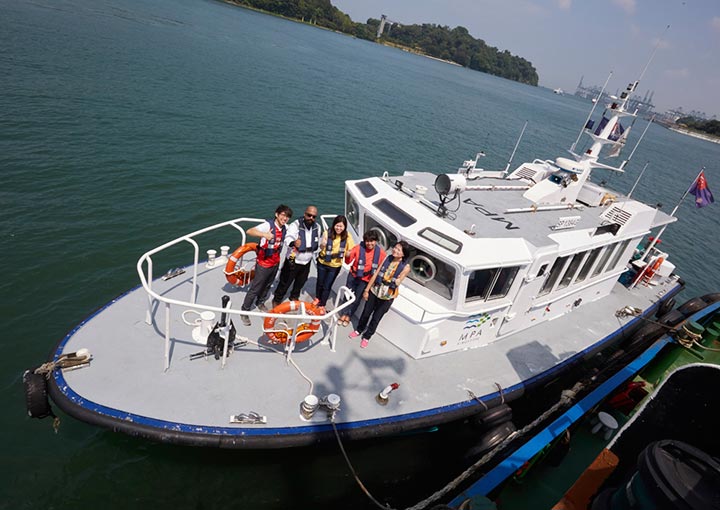
At the NEA, Ms Tan’s role also involves enforcement work, and she found several similarities with Mr Andi. “We have to be alert in ensuring our own safety while carrying out our work, and yet be able to respond quickly to unexpected situations.”
For Mr Goh, the most memorable part was hearing the stories of Mr Andi’s career experiences. “He’s been with MPA as a Port Inspector for over 20 years, but still serves with the same passion.”
- POSTED ON
Dec 11, 2018
- TEXT BY
Tuber
- PHOTOS BY
Maritime and Port Authority
- ILLUSTRATION BY
Mushroomhead
-
Deep Dive
Singapore Agenda: The End Of Waste?







